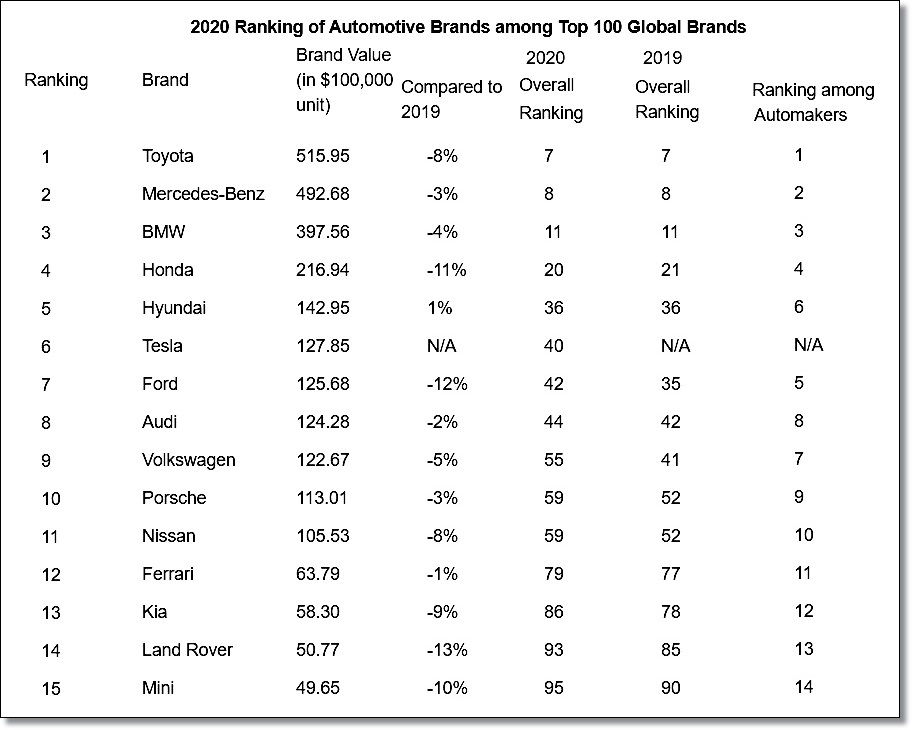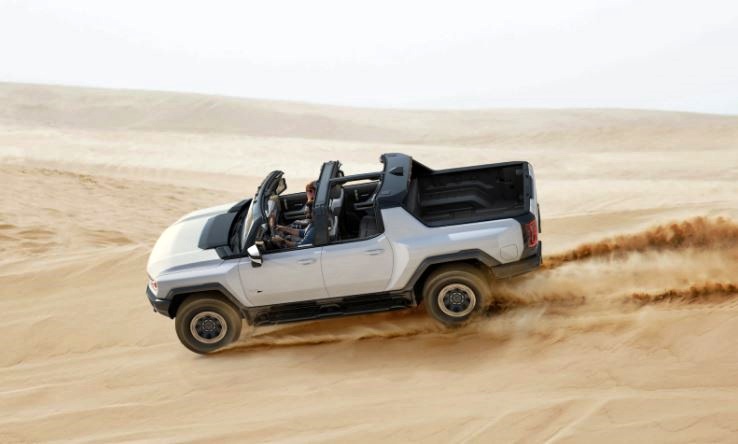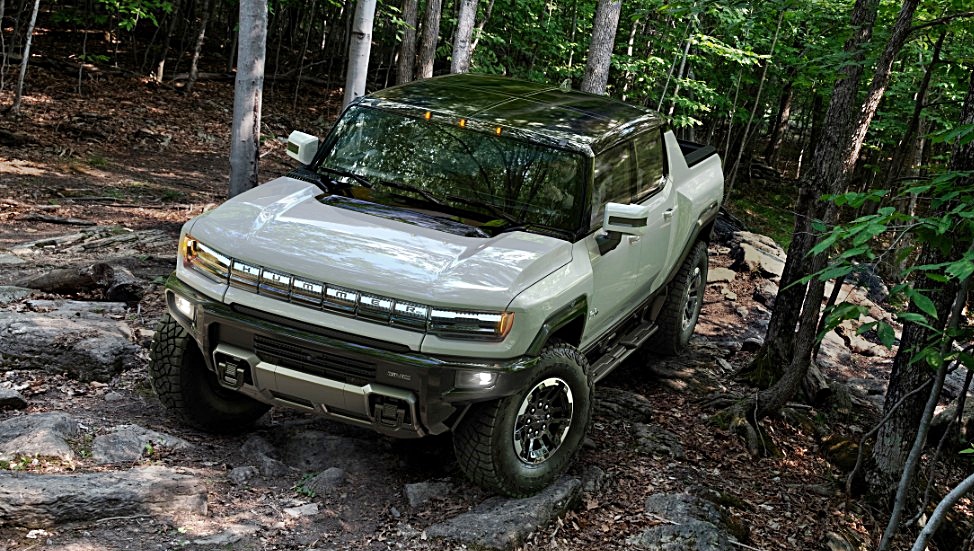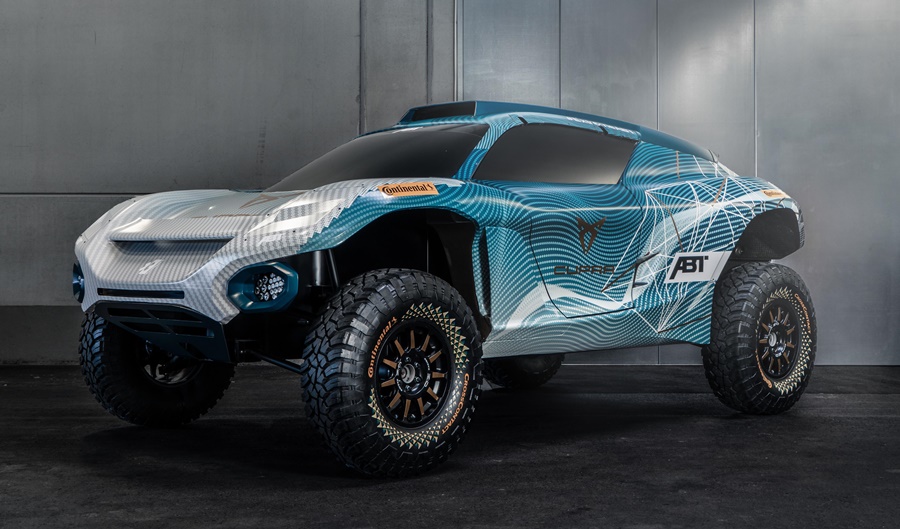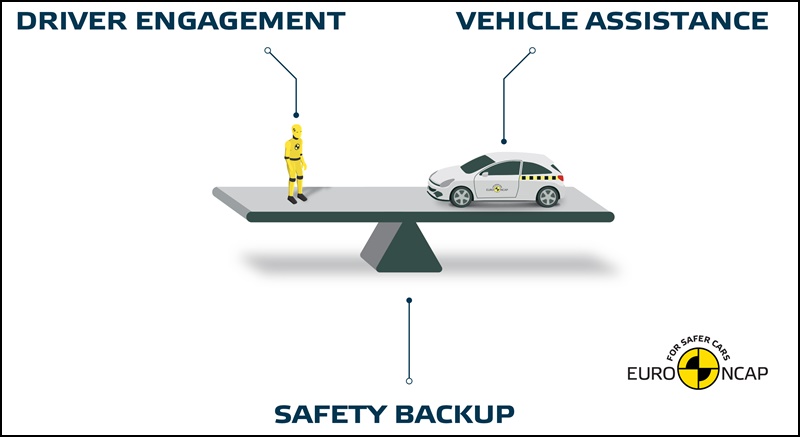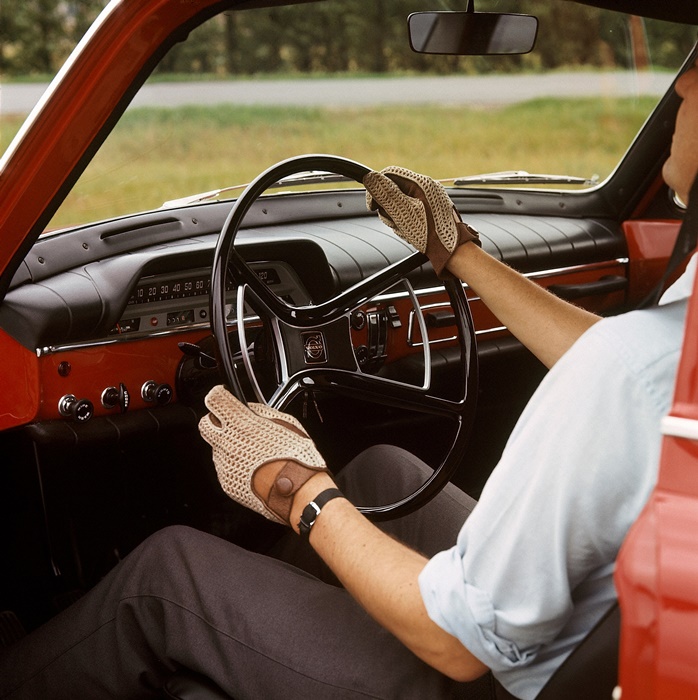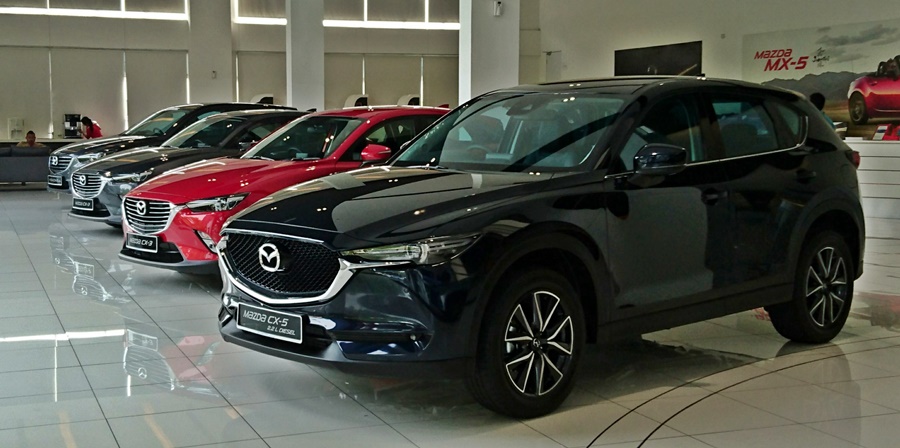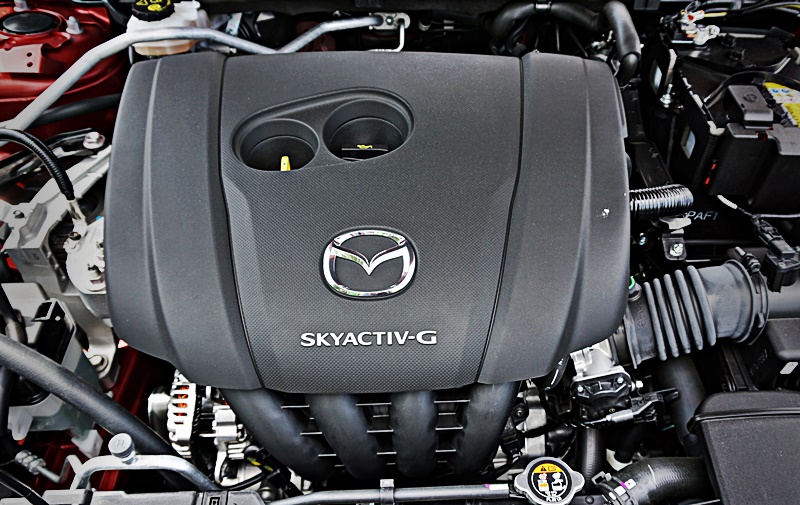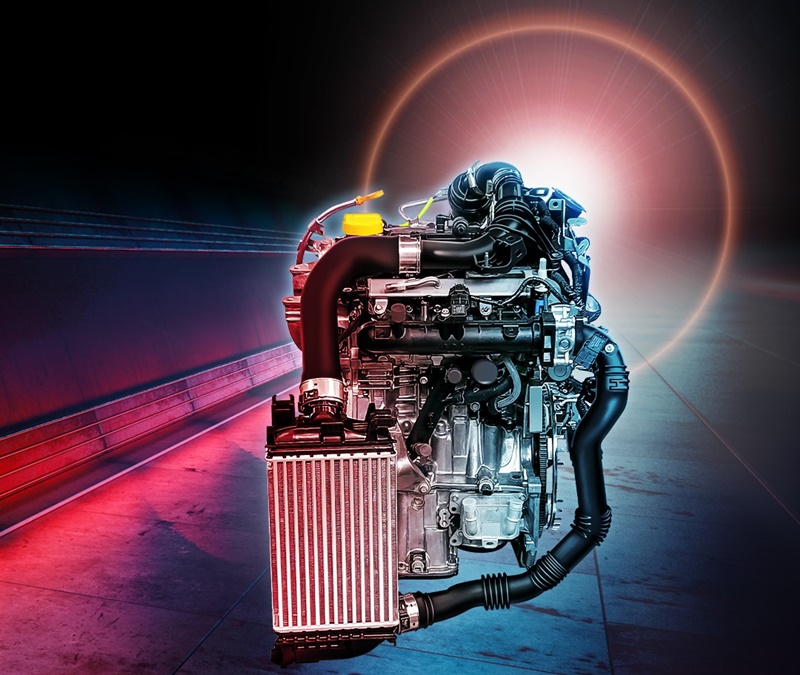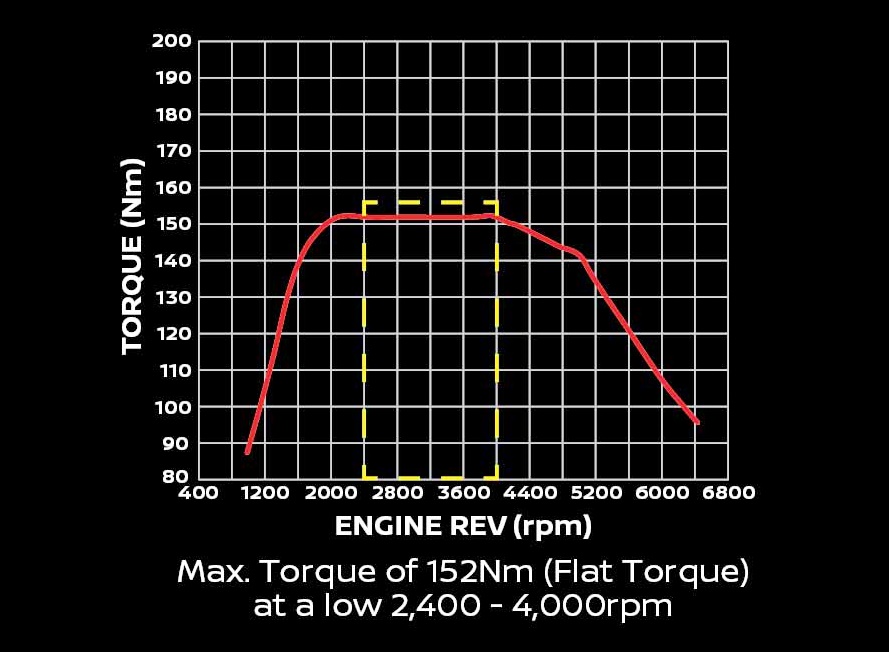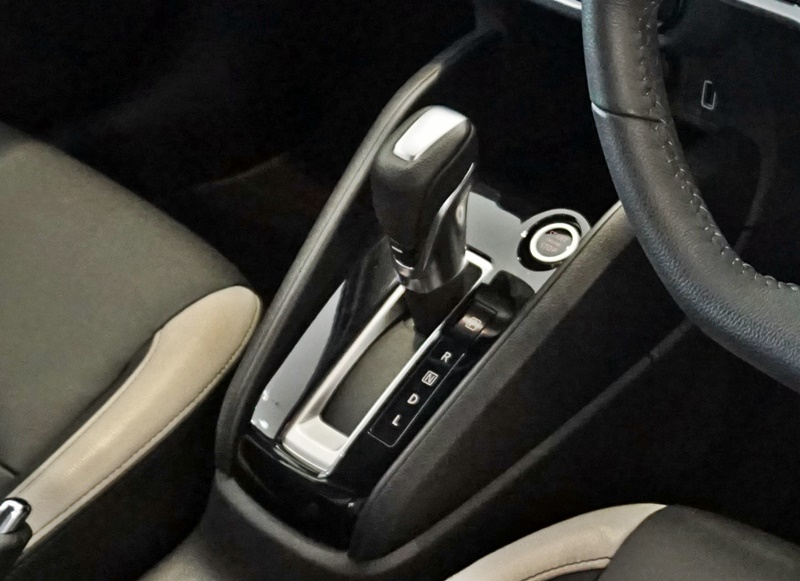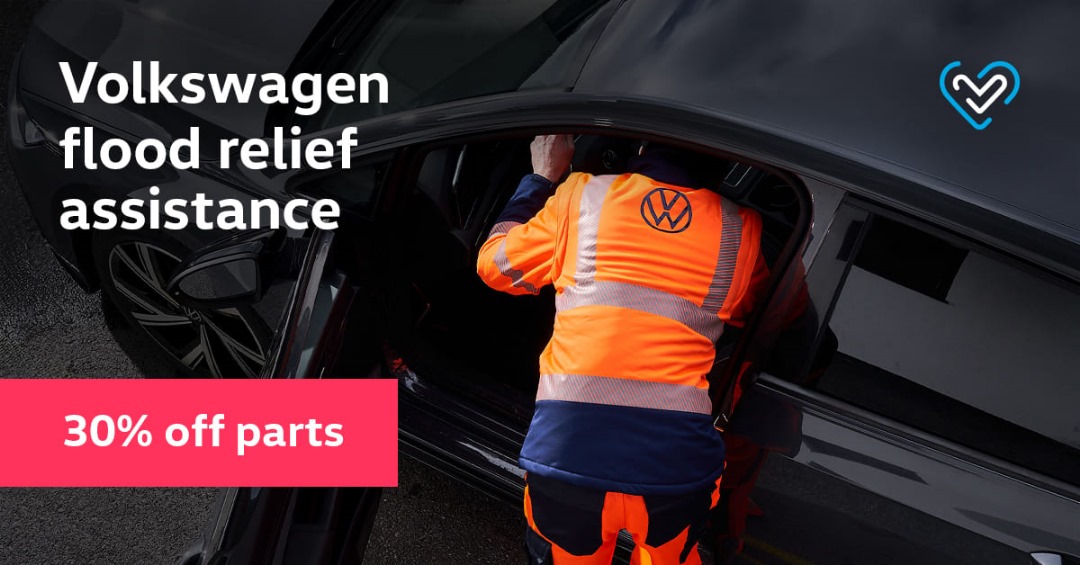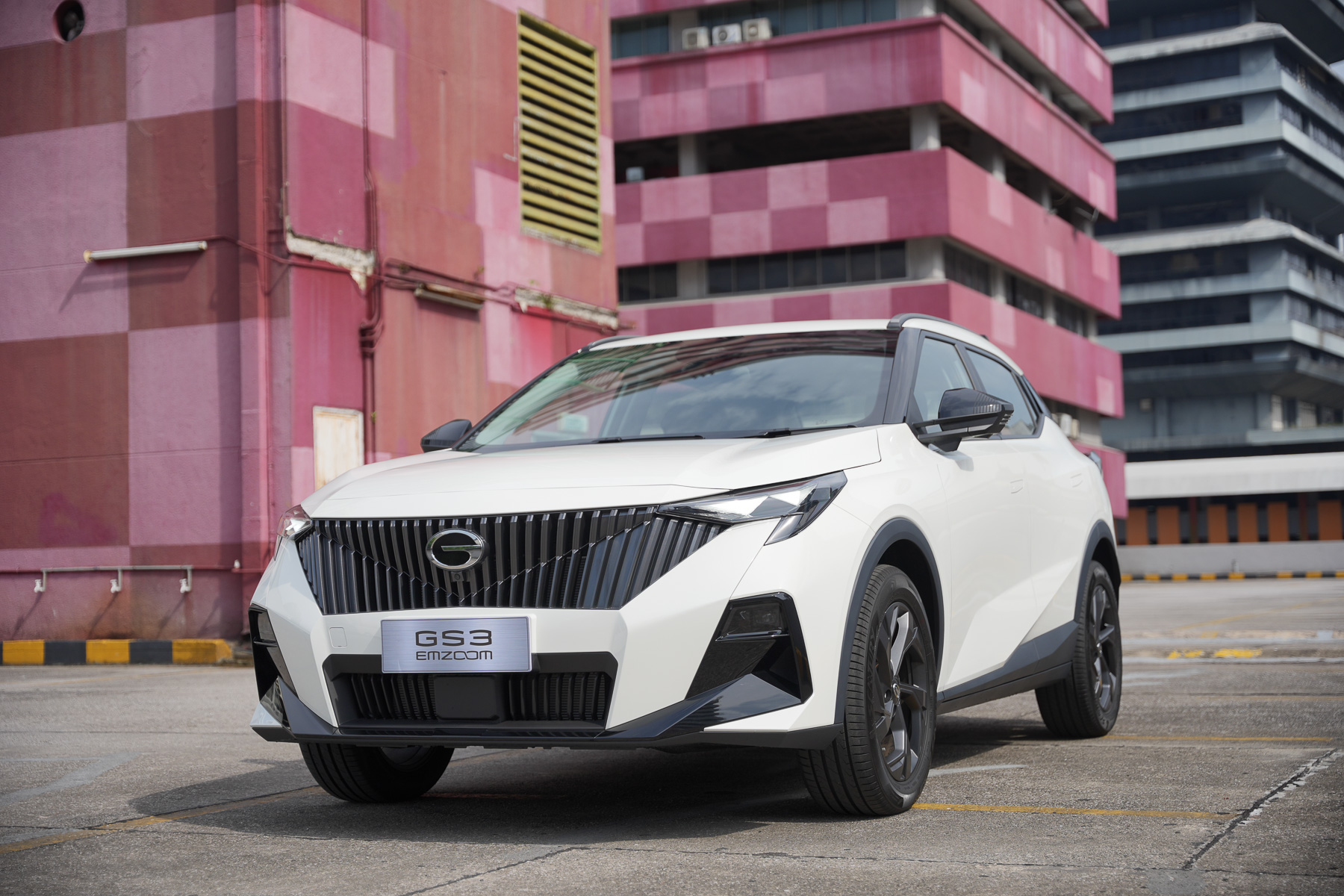Despite very challenging market conditions, Hyundai Motor Company continues to grow its global brand value and, according to Interbrand’s Best Global Brands 2020 survey, the Korean carmaker’s brand value has reached US$14.3 billion. This places it fifth among global automotive brands and 36th overall. Hyundai Motor is, in fact, the only automotive company on the list to see its brand value rise this year.
6th year in Top 40
This is the sixth consecutive year that Hyundai Motor has been listed within Interbrand’s top 40 global companies. Since entering the ranks of the top 100 companies in terms of brand value in 2005, the carmaker has remained in the top 100 for 15 consecutive years.
“Hyundai Motor Company’s brand value rise can be attributed to its substantial expansion of future mobility business and continuous investments in its brand, such as the announcement of its dedicated electric vehicle brand IONIQ,” said Mike Rocha, Interbrand Brand Valuation Global Director.
“We have positively valued the company’s active and proactive approach to the market changes as a sustainable brand, encompassing its expansion of online sales channels, rapid response to social contribution activities and actual increase in sales of battery electric and fuel-cell electric vehicles,” he explained.
Electrification a key objective
Hyundai Motor’s commitment to mobility electrification was most recently demonstrated with the launch of its dedicated EV brand, IONIQ. Under IONIQ, the company will leverage its industry-leading manufacturing know-how in EVs to introduce three new dedicated models over the next 4 years. The creation of IONIQ line-up brand is in response to fast-growing market demand and accelerates Hyundai’s plan to lead the global EV market.
Hyundai Motor’s investment in hydrogen fuel cell technology has also bolstered its position in the rapidly changing transportation sector. The company recently delivered the first 7 units of the world’s first mass-produced fuel cell electric heavy-duty truck to customers in Switzerland, with a total of 50 hitting the roads there this year.

The company is striving to solve urban traffic challenges and highlighting an innovative new mobility paradigm via its urban air mobility business. To strengthen its competitiveness in robotics, autonomous driving technologies and other future mobility business areas, and to establish itself as a pioneer of future mobility industry, it is signing R&D collaboration schemes with diverse open innovation labs around the world.
“We’ve adapted to rapidly evolving market conditions to become a leader in future mobility and we’ve also been agile in responding to unexpected factors, such as those caused by the pandemic,” said Wonhong Cho, Global Chief Marketing Officer of Hyundai Motor Company.
Hyundai Motor has adapted to the COVID-19 pandemic by strengthening its online sales channels worldwide. In particular, in the USA and India, this approach is showing great sales results, and the company is developing a similar online sales platform for Europe.
Click here for other news and articles about Hyundai.






